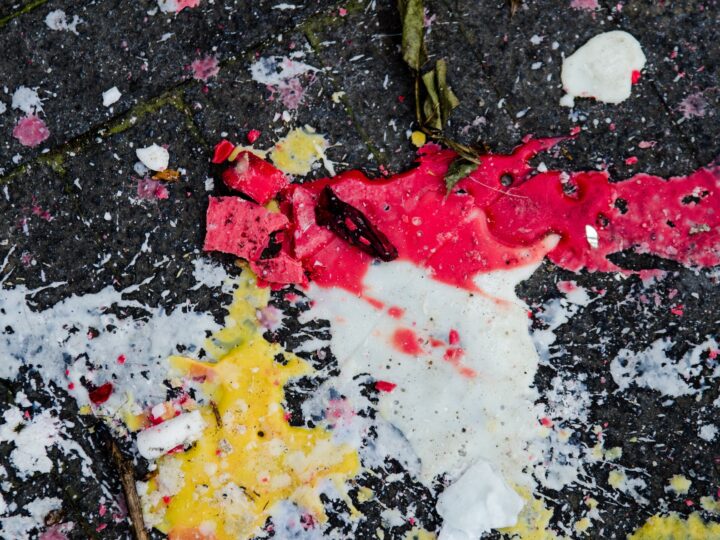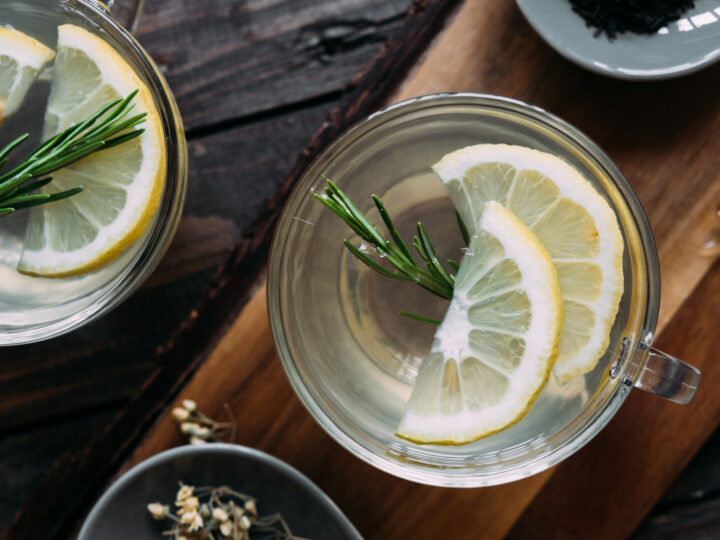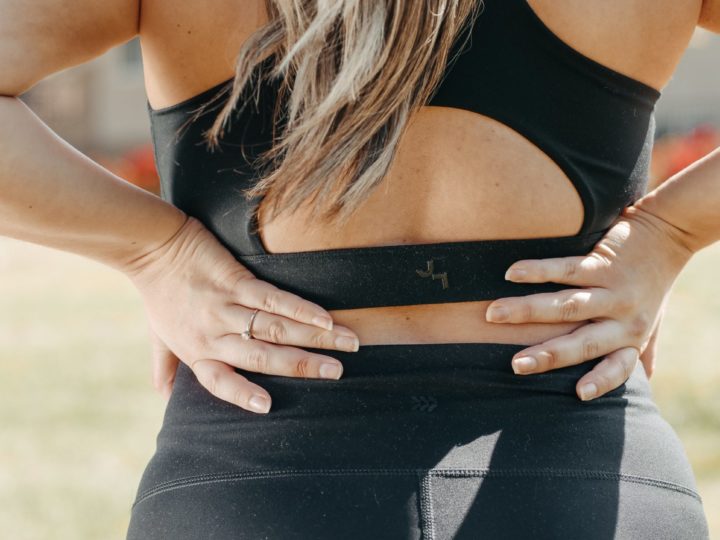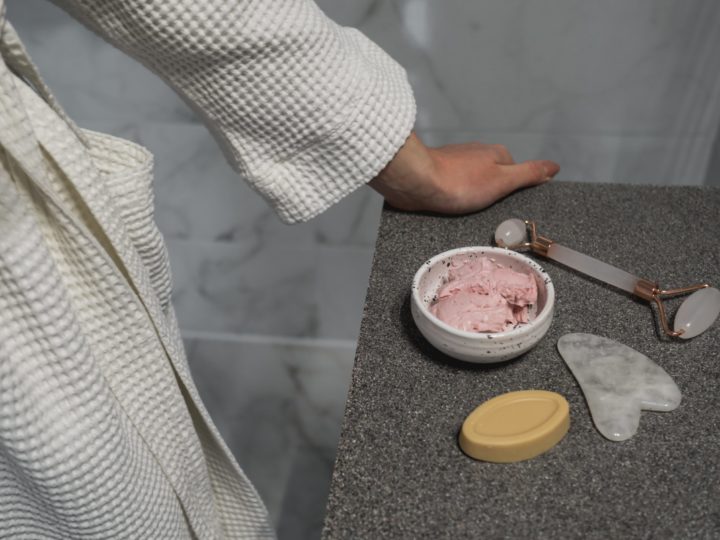HERBAL EAR OIL
Here’s Why It’s A Thing & Why You Should Try It
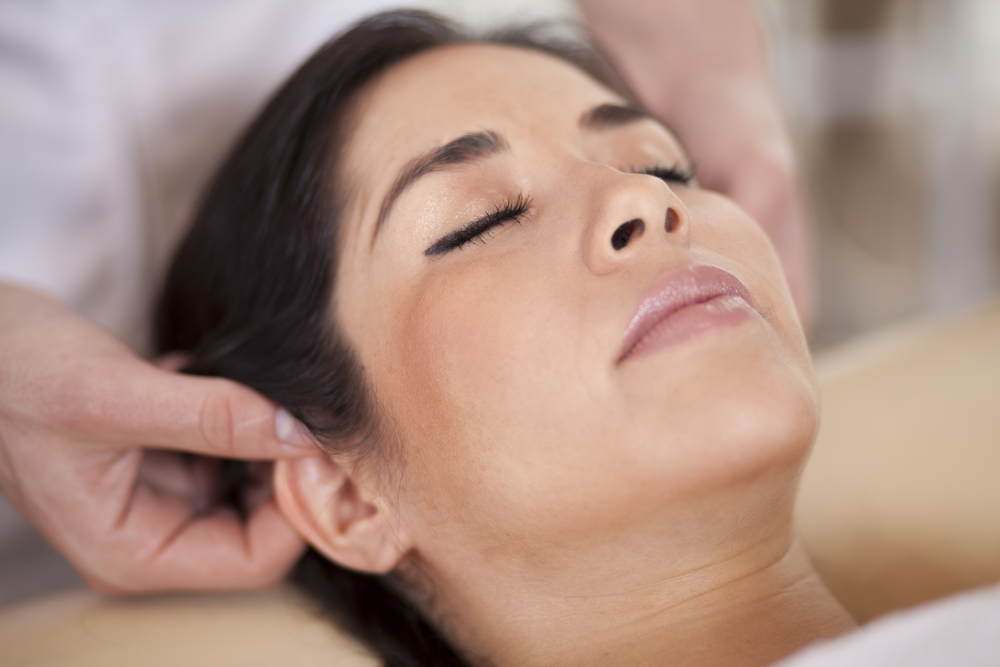
When you go to clean your ears, what do you reach for? The classic, a trusty q-tip? Or maybe you’re into ear candles to melt the wax out.
Unfortunately, both of these methods are problematic. According to the American Academy of Otolaryngology-Head and Neck Surgery, using q-tips or cotton swabs to clean your earwax out can actually backfire and pack the wax in even more tightly! And no studies have ever found that ear candling helps to reduce the amount of wax in your ears. In fact, ER docs find people whose ears have been impacted by congealed wax.
But all hope is not lost, because–thanks to Ayurveda–we have herbal ear oil.
Ok, we get it. Pouring oil in your ears might sound a little strange. But it’s actually been done for thousands of years in Ayurvedic medicine to help keep the ears and jaws clean and healthy.
Known as Karna Purana or Karna Pratisaranam, this practice is pretty on-brand for Ayurveda. Oil is such an important art of Ayurvedic tradition that in Sanskrit, the phrases “to oil the body” and “to love the body” are basically interchangeable. Applying oil from the top of your head to the bottom of your feet is a common health practice and form of self-love in the Ayurvedic tradition.
What To Know About Ayurvedic Ear Oiling
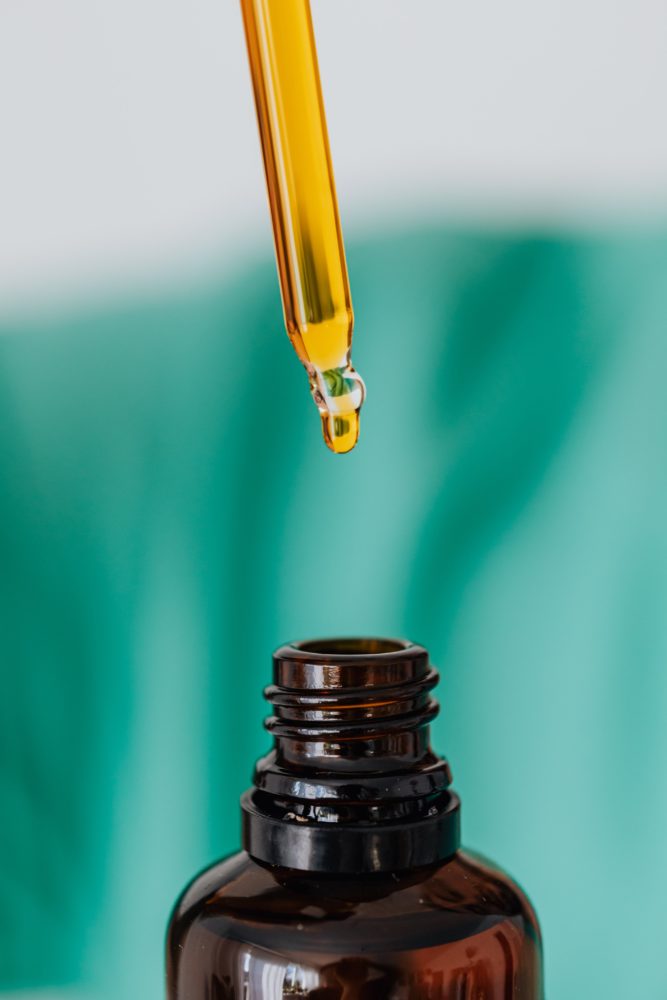 There’s two kinds of ear oiling in ayurveda. Karna Pratisaranam ear oiling is supposed to be done everyday to maintain healthy ears and a healthy jaw. Karna purana, on the other hand, is a more intensive therapy that is usually done once a month or when needed.
There’s two kinds of ear oiling in ayurveda. Karna Pratisaranam ear oiling is supposed to be done everyday to maintain healthy ears and a healthy jaw. Karna purana, on the other hand, is a more intensive therapy that is usually done once a month or when needed.
Both practices are used to combat health problems caused by too much vata energy, which is cold, dry, and rough. Dry fall weather, windy conditions, and even traveling can overload our vata energies, but ear oiling can balance this vata dosha out. Keeping your energy balanced is key to maintaining a healthy, harmonious balance in your body.
According to Ayurveda, ear oiling can also help with
- Dry or itchy ears
- Ear infections
- Ringing in the ears
- Jaw and neck tension
- Tension headaches
- Too much ear wax
What Oil Do You Use For Ear Oiling?
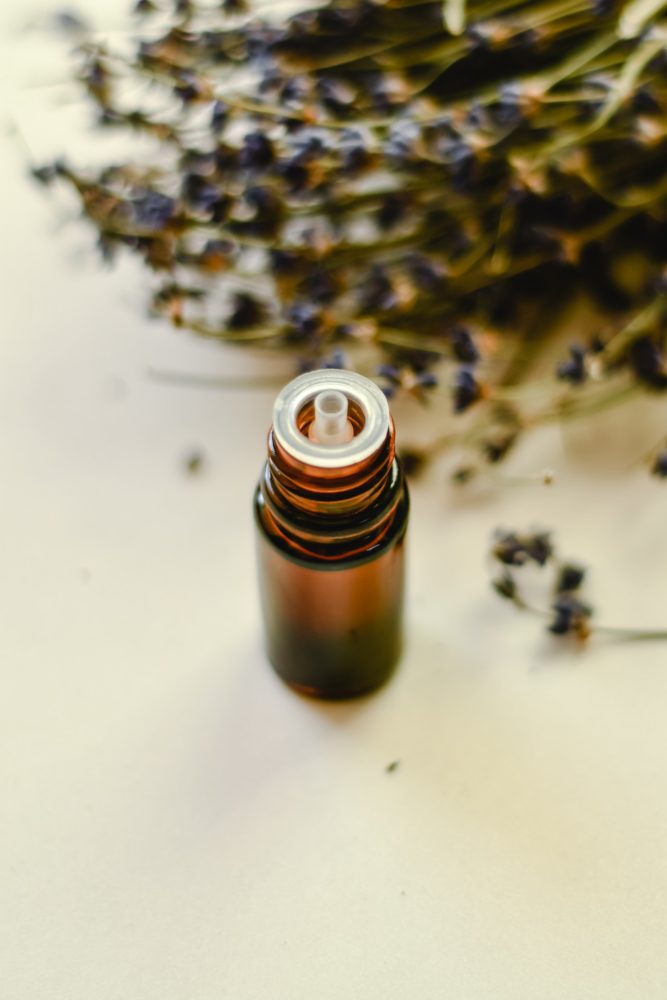 Sesame oil is traditionally used in Karna Pratisaranam and Karna Purana, but you can also use olive oil or a mixture of the two. Sesame oil is anti-inflammatory, helps speed up wound healing, and can even reduce pain when applied topically. Olive oil, on the other hand, is anti-bacterial and is clinically proven to be a useful treatment for removing earwax build up.
Sesame oil is traditionally used in Karna Pratisaranam and Karna Purana, but you can also use olive oil or a mixture of the two. Sesame oil is anti-inflammatory, helps speed up wound healing, and can even reduce pain when applied topically. Olive oil, on the other hand, is anti-bacterial and is clinically proven to be a useful treatment for removing earwax build up.
You can also add other healing herbs like lavender, garlic, and St. John’s wort to up the health benefits of your ear oil.
What The West Says About Ear Oil
When it comes to ears in the west, many of us are fond of using cotton swabs like q-tips to dig out earwax. But most doctors don’t recommend using them because they actually push more earwax into your ear canal and make the problem worse. And if the buildup gets really bad, you can even experience hearing loss!
When you have impacted earwax, you can go see your doctor to have them remove it. But you can also try ear oiling as a home remedy. The oil serves to soften the wax, making it easier to dislodge. If you buy an earwax removal kit at your local pharmacy or drugstore, it will also probably come with some form of oil to help the process along.
If you’re using ear oil to remove earwax build up, you can gently warm the oil and then drop 5-10 droplets into your ear, but test it first on your wrist to make sure it is not too hot. Hold the oil in the ear for 10-15 minutes before you bring your head back up. If you need to, you can flush out the earwax with some warm water after you pour out the oil.
How To Use Ear Oil, The Ayurvedic Way
Ready to take a page out of Ayurveda’s book and start using an ear oily daily? Here’s what you need to know
Karna Pratisaranam
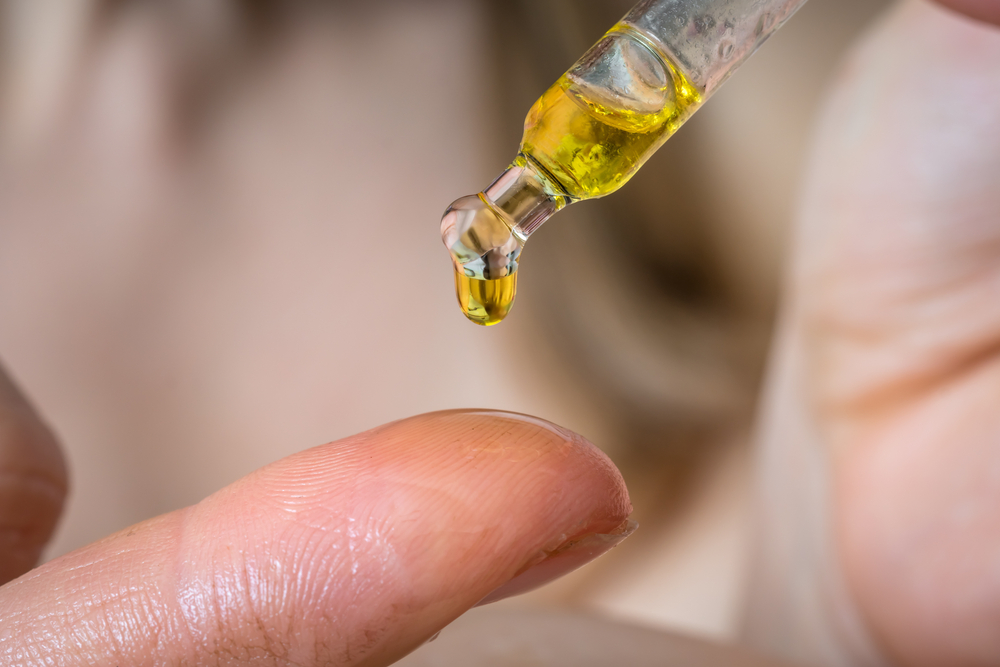 Karna Pratisaranam is meant to be part of your daily morning routine (also known as dinacharya), but you can also do it at night. Ayurvedic practitioners believe that it helps relax neck and jaw muscles, keep earwax from overproducing, and keep your doshas in balance. You can do this 365 days a year, but it’s especially important to keep this routine up during fall and winter, when the air is cold, dry, and filled with vata energy.
Karna Pratisaranam is meant to be part of your daily morning routine (also known as dinacharya), but you can also do it at night. Ayurvedic practitioners believe that it helps relax neck and jaw muscles, keep earwax from overproducing, and keep your doshas in balance. You can do this 365 days a year, but it’s especially important to keep this routine up during fall and winter, when the air is cold, dry, and filled with vata energy.
To perform Karna Pratisaranam, grab your oil and warm it gently by placing the container in a bowl of warm water. You want the oil to match your own body temperature, so if you stick your finger in the oil and it’s too warm, let it cool down a bit. Once the temperature is right, you can use a dropper to place 1-2 drops on your pinky, and then use your finger to place the oil in your ear. You want to gently coat the inner ear opening and outer ear canal with the oil. When you’re down, use your pointer finger and thumb to give yourself a quick ear massage for a little extra treat-yourself vibes.
Karna Purana
Even if you perform Karna Pratisaranam every day, you might feel the need for a more intensive treatment every now and then. That’s where Karna Purana comes in.
Karna Purana is more like the western ear oiling we talked about earlier. You warm your oil until it’s up to body temperature, and then lay down on your bed on your side. If you want, you can put a towel underneath your head and a washcloth under your ear in case you spill. Then place 7-10 drops of the oil in your ear so it’s full but oil doesn’t spill out.
Then you just let the oil sit for 5-10 minutes. You can use the time to give yourself an ear massage or just chill out! Once the time is up, just use the washcloth to soak up the oil as you sit up. When you’re down, repeat the whole process on the other side. Karna Purana can be done once a month.
So what do you think about ear oiling? Will you try it out?
Newer
Beyond Powders and Pills: 5 Easy Ashwagandha Recipes
Older
More Than Just A Number: TCM And Aging
Comments (0)
Leave a reply
You must be logged in to post a comment.

